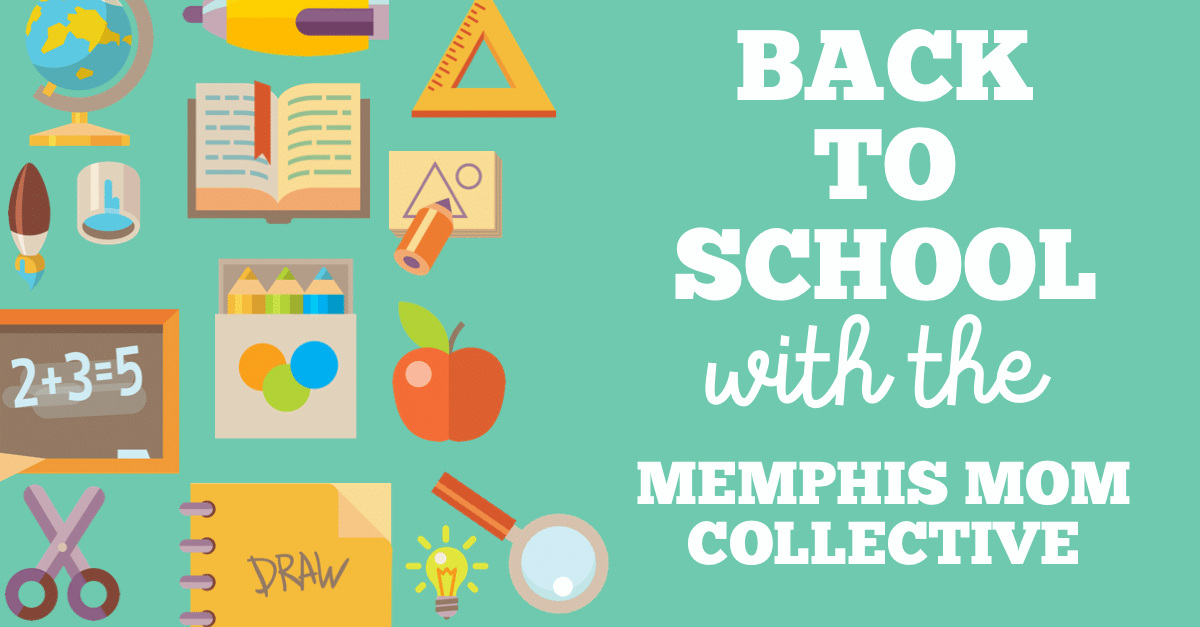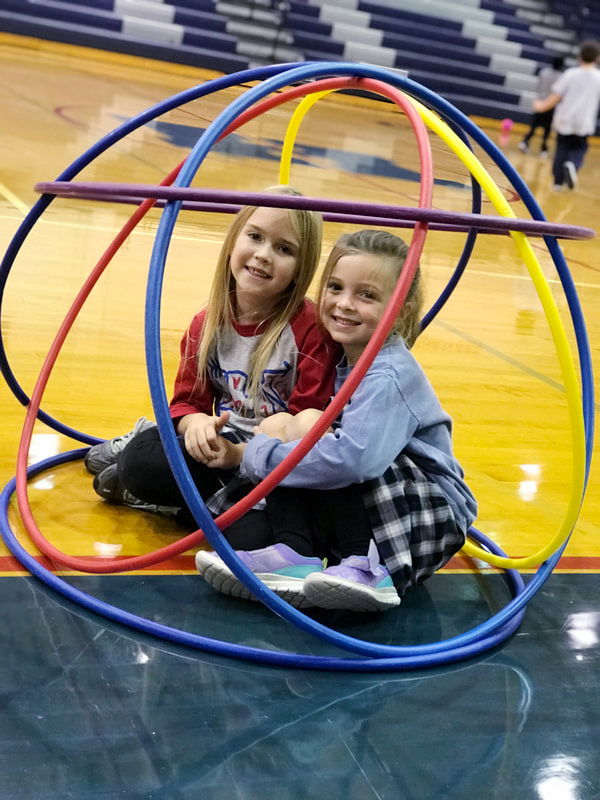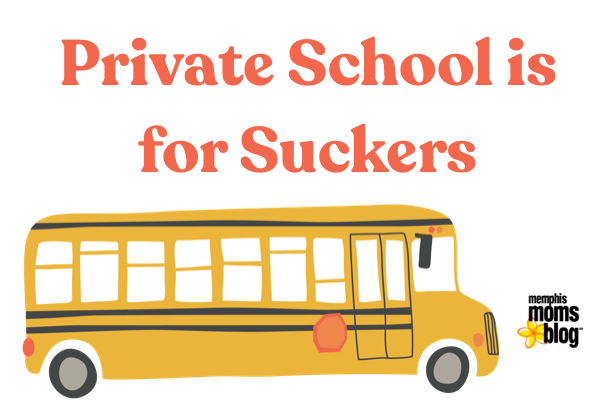Public Schools are for All People
Whether you are a local school district family, private school family, boarding school family, homeschool family, or no school family, public schools play an important role in your community and benefits you! Public schools are for all people!
Before I go any farther, I want to explain that my child isn’t yet school-aged, and I formed a strong opinion about the importance of public schools being for all people before my child was a glimmer in my eye. I am a city planner who has studied the composition of community (physical and cultural community), and has brought planning curricula to classrooms throughout my career (for more on this, see my City Planning Day in Home School article). My nearly 20 years of hands-on experience in the planning field have shown me how important public schools are to not just the children who attend them as students, but to families of all sizes and structure.
The idea of public schools being for all was introduced to me in a city where I used to live. One of the neighborhoods – just a few miles from downtown, popular, desirable housing stock– was starting to see swaths of young families move into the suburbs. The reason being that their children were approaching their school years, and the parents wanted to send them to “good” schools – whether that meant private or public, I don’t know, but it certainly meant schools other than those in that “inner city” neighborhood. A group of differently-minded adults in the area started an initiative called Clintonville Go-Public to try to bolster the benefits of their local public schools as both great places to educate children and assets to the community at large.

Based on my decades of unofficial research, and a few web searches to find related articles, here is a short list of three ways that public schools are for all:
1. Public Schools as Change Agents
“Change Agent” is a perfect descriptor for my first point about the important role of public schools, and I have to give credit to this article for the term.
When investments are made to improve public schools, the benefits are felt both inside and outside the walls of those academic institutions. While the facilities, supplies, staff, and offerings of the school change, so does the neighborhood around it. Direct funneling of money to the school can affect the property such as with upgrades to the building façade, playground, ball fields, sidewalks, and sometimes even the adjacent streets.
Next comes the indirect benefits: positive changes to the school property and operations affect investment throughout the neighborhood, starting first with homes and businesses in eyesight of the school and then moving outward into the community. The changes to the school inspire the people who live and work in buildings and houses around it to follow suit and make things look nicer. Community pride grows. People become both financially and socially invested in the area; crime is even likely to lessen with more eyes on the street and a noticeable regard for upkeep of the neighborhood.

2. Public Schools as Public Spaces
There’s something exciting in the air when a schoolyard or ball field is full of activity. It’s enlivening, and it can even be comforting to hear cheering and laughter when you are passing by. Why not fill a school with activity as much as possible, not just Monday through Friday from 8 AM to 3 PM? Clearly, I’m generalizing here: schools are used early morning, evenings, and on the weekends for before- and after-school care, extra curriculars, teacher in-service… But there are a lot of times when a school or a major asset of a school’s property can be used for the greater good of the community as a whole.
Think of election days: most of us vote at either a church or a school. There’s a feeling of connection associated with the place you cast your ballot. The students who attend the school can feel the buzz, too! And then think about carnivals, festivals, and block parties held in school parking lots; book clubs, quilting guilds, scouting meetings, support groups… all of these activities are – or can be – supported within the walls of your community’s public school, making them a public space and asset to the community at large when they are otherwise sitting empty.

3. Public Schools: It Takes a Village
My last point, but not of lesser importance: public schools are worth supporting because they are about more than just education. For the students who attend them, public school may be their only option out of circumstance. They may be the only place they get a hot meal or have fun with friends. Public schools are a place where students are likely to be exposed to people who aren’t like them, where they can build compassion and empathy in a way unlike other environments. Public schools are a place where the students can grow a strong connection to the community in which they live through day-to-day interactions and relationships within their neighborhood.
For everyone else, public schools are an opportunity to become involved in your community and give back – or give in general. Time spent volunteering in the school’s library, as a basketball coach, for a tree-planting activity, or a community clean-up on the school’s grounds, are all ways to grow a connection to this public space, this change agent, this community asset.











I love this article! My daughters attend an SCS public school, in part because I don’t want to pay for private school (!) but also because I believe education should be free and public schools are important. However, I’ve never considered all these ways that they benefit the greater society. As a parent, I want SCS to succeed and improve in both quality and reputation, but often get discouraged. I hope that more of the city will embrace the local schools and help to lift them up through financial support, volunteering and sending their kids to public schools!